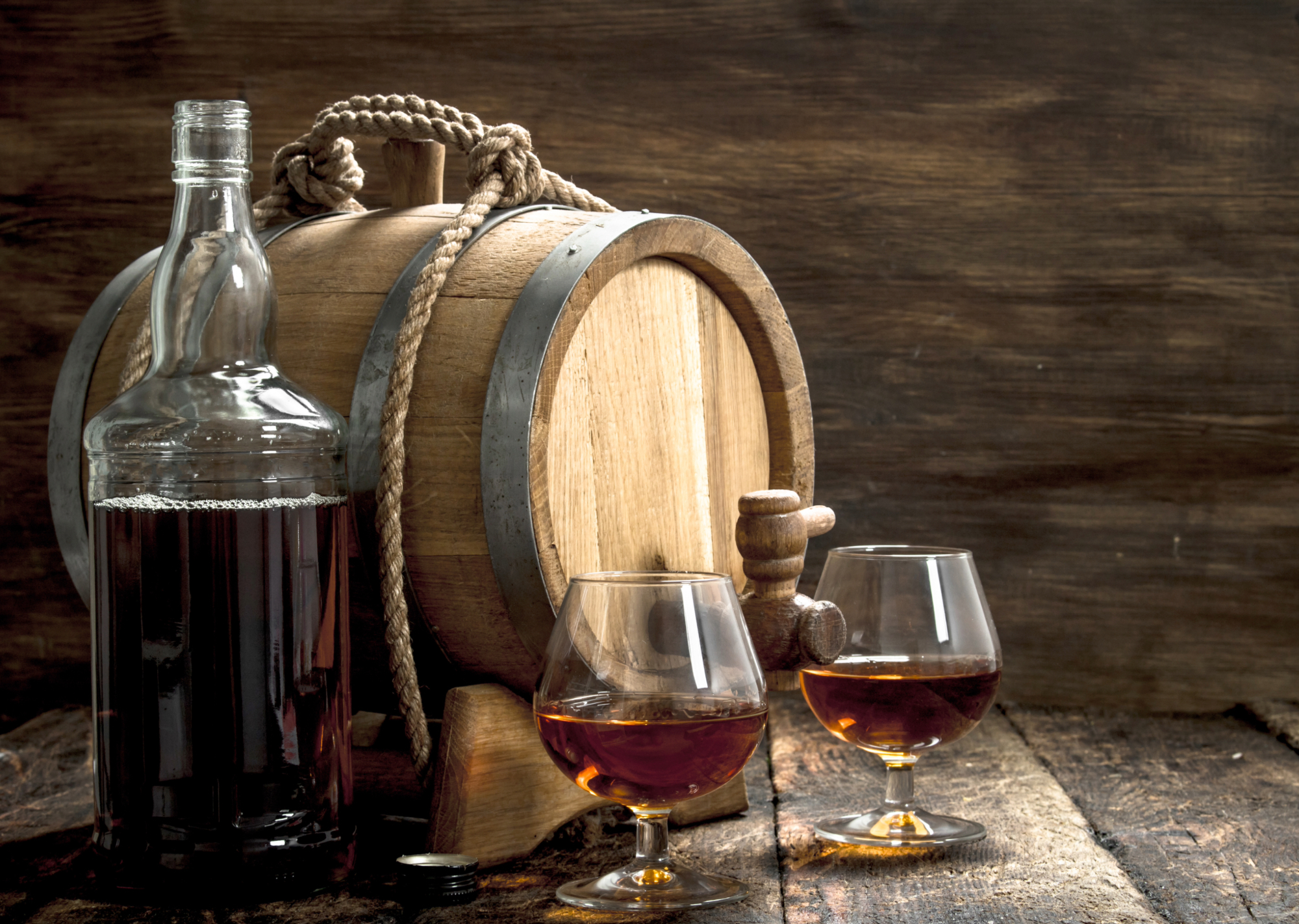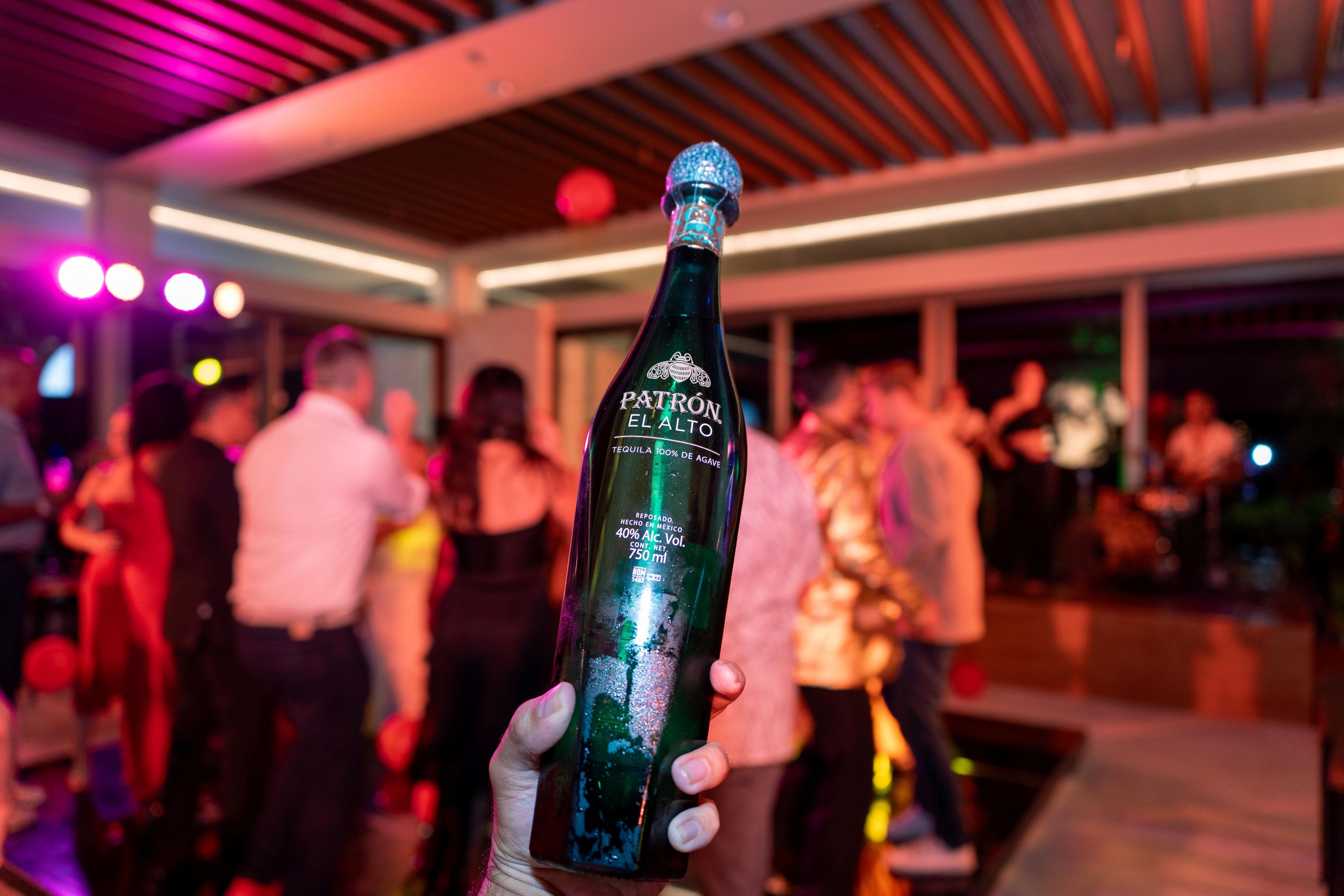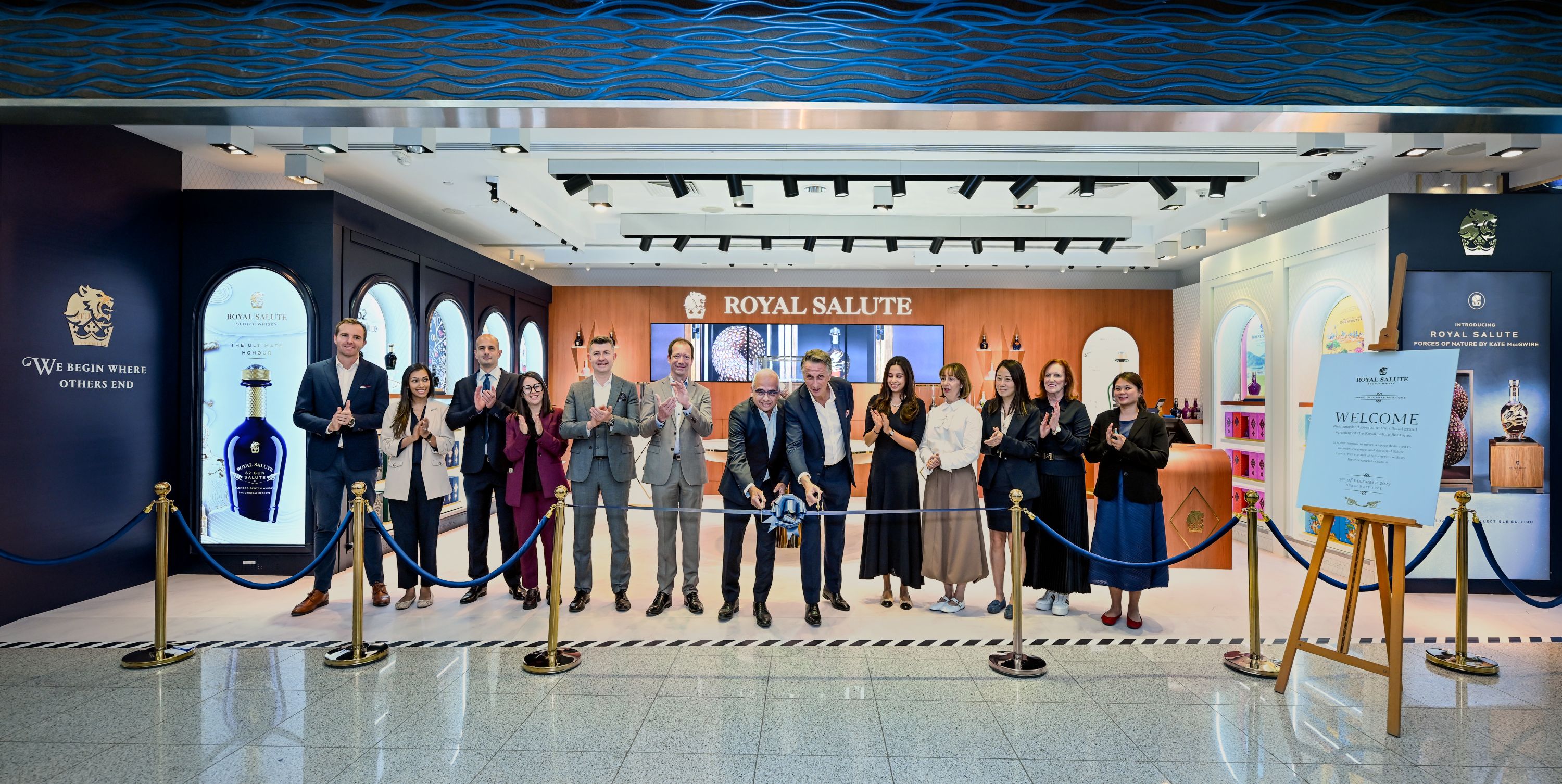July 21, 2025
Cognac faces a crossroads as pressure mounts from escalating EU-China tensions
In July, China imposed permanent anti-dumping duties on most EU brandy imports, but major players such as Pernod Ricard, Rémy Cointreau and Moët Hennessy secured exemptions

Once an emblem of French luxury and a consistent performer in duty free, the cognac category has been facing recent challenges, prompting players to reassess strategies amid escalating geopolitical tension.
What’s driving the disruption? China’s “anti-dumping” measures on European brandy have caused provisional duties as high as 39%, and French cognac houses, which account for the majority of brandy exports to China, have been hit hardest. These tariffs came into effect in late 2024, following China’s anti-dumping investigation starting in January of that year. France sees the move as retaliatory, as it came after the EU imposed tariffs on Chinese electric vehicles.
The Chinese market remains crucial for French brandy, with imports valued at approximately US$1.7 billion. It is the largest export market by value and second-largest by volume after the US.
To avoid permanent tariffs, France’s leading cognac producers submitted pricing proposals to Chinese authorities, outlining minimum import prices reportedly ranging from US$20 per liter for entry-level expressions to US$300 for ultra-premiums.
In July, China’s Ministry of Commerce (MOFCOM) issued its final ruling, imposing permanent anti-dumping duties on most EU brandy imports, with rates between 27.7% and 34.9%. The move poses a significant financial burden for most cognac producers.
However, those pricing proposals proved effective for some. 34 European Union producers, including major players Pernod Ricard, Rémy Cointreau and Moët Hennessy, have reportedly secured exemptions and will adhere to their agreed minimum price thresholds instead of paying the full duties. This will ease pressure on their operations and help soften the broader impact on the sector.
France has pledged to defend its cognac industry, citing both cultural and economic significance. While Beijing ultimately enforced duties, its willingness to grant exemptions to key producers suggests that they want to maintain pressure while keeping trade channels partially open – especially as broader tensions between China and the U.S. continue to escalate.
Feeling the strain
In a recent press release, Rémy Cointreau had reported an 18% drop in organic revenue company-wide (not specific for travel retail) for fiscal 2024-25, with its cognac division down 21.9% as tariffs in China and elsewhere weighed on sales. The company cut costs to protect margins and abandoned its long-term sales targets through 2030. It also named Francke Marilly as its new CEO in June, replacing Eric Vallat.
Pernod Ricard faced similar pressures. Its Q3 FY2025 earnings results show a 31% drop in global travel retail sales, with a 17% decline year-to-date, mainly due to China suspending duty free status for cognac. The drop contributed to a 3% decline in overall revenue, with potential tariff-related costs reaching US$215 million. Still, Pernod reported growth in Europe and strong performance in the Americas and cruise channels. In May, it appointed François-Xavier Morizot, formerly head of its champagne division, to lead its cognac portfolio, replacing Philippe Neusch.
While China’s finalized anti-dumping duties have provided some relief for these players and will offer a hopeful upswing, demand uncertainty and pricing pressures will continue to remain challenges.
Innovation amid uncertainty
Amidst this shifting landscape, brands have been investing in new approaches to engage consumers and preserve their luxury appeal. For example, Moët Hennessy has been leveraging digital and experiential channels to keep cognac relevant for luxury travelers.
In Asia, its partnership with Alipay created a connected shopper journey, where travelers at luxury hotels in Singapore and landmark sites in Macau received personalized invitations to Hennessy boutiques featuring curated tastings of locally inspired food pairings. This campaign culminated in a striking pop-up at Singapore’s Changi Airport, reinforcing the Hennessy brand’s presence in a major travel hub while collecting data to shape its long-term consumer approach.
Meanwhile, Hennessy’s connection with consumers was further strengthened by its Spirit of Travel campaign, tying its heritage to iconic destinations, using local architectural elements to enhance cultural relevance and celebrate its enduring appeal. And at the House of Hennessy in Hainan’s Haitang Bay, the brand has launched its “Senses of Hennessy” installation, a multi‑sensory journey guiding visitors through cognac production using sight, sound, smell and touch. This immersive space combines storytelling with personalized service and will soon add an exclusive VIC trunk to elevate the retail experience further.
What comes next?
China’s July decision confirmed that tariffs on EU brandy imports will take permanent effect, though exemptions for some major producers offer partial relief. As trade tensions continue to cast a shadow over the category, brands and retailers will need to adjust pricing, promotions and supply chains accordingly. Continued innovation and flexibility will be necessary for sustaining relevance in the region.




